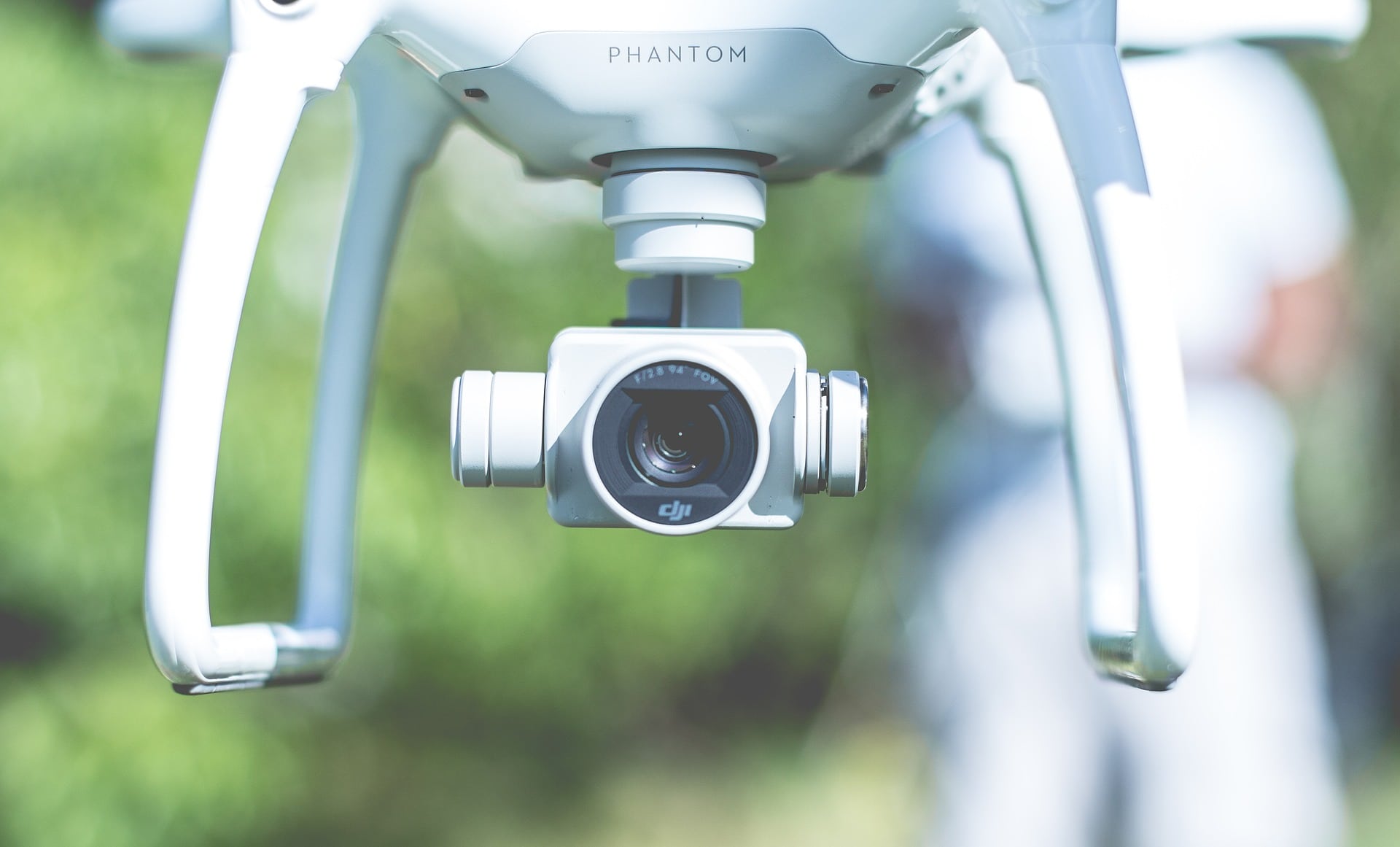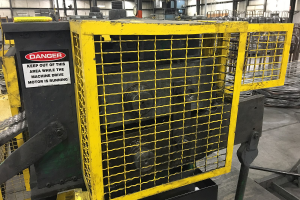Drone Inspections: OSHA’s New Flying Watch Dog

We are in the midst of a technological revolution. No matter the job, technology continues to find its way into every corner of every industry, including construction. Heading into 2019, one of the most interesting (and concerning to some) technology that we will be seeing on construction sites might not be onsite, but above it. This is largely due to OSHA’s 2018 implementation of a new policy to improve workplace safety through the use of drone inspections. We’ve had a few clients express concern over these drones and wanted to provide some advice on the topic.
What does the memorandum really say?
The memorandum essentially states that OSHA has added Unmanned Aircraft Systems, commonly known as drones, to their toolkit for conducting safety inspections. Drones are meant to be used to inspect areas that are deemed unsafe or difficult to reach for inspectors on foot. It also says that employers do not have to allow access to the drone portion of any inspection.
If it isn’t mandatory, should you allow drone use?
Yes. It’s our recommendation to allow OSHA to inspect your job site, whether drones are involved or not. While you can deny the use of drones, requiring OSHA to produce a search warrant, we suggest otherwise. Not only does this scenario delay the inevitable safety inspection, it opens the doors for a hostile relationship with OSHA, which isn’t good for anyone.
How can I be proactive?
The most effective way to prepare for drone inspections or any safety inspection for that matter is to take the time to prepare. Educate your employees on proper safety procedures beyond the minimum requirements. Teach them how to spot and report hazards and address those reports. Practicing these habits will prevent potential injuries and citations while teaching employees what a safe workplace looks like.
For a more hands on approach, many companies offer mock osha audits to help identify and prevent potential violations before OSHA ever gets on your site or a drone gets in the air. Learn more here.





